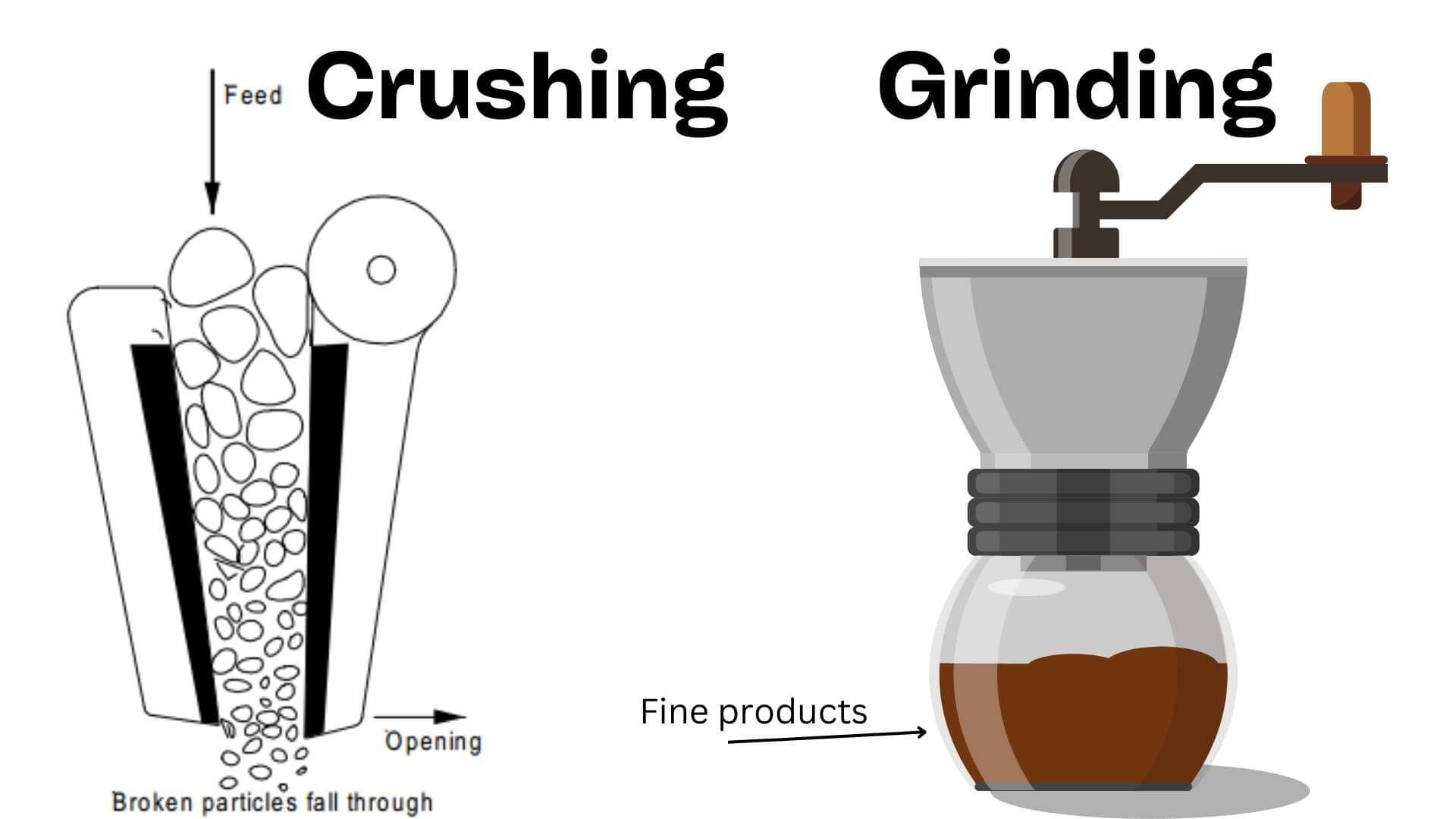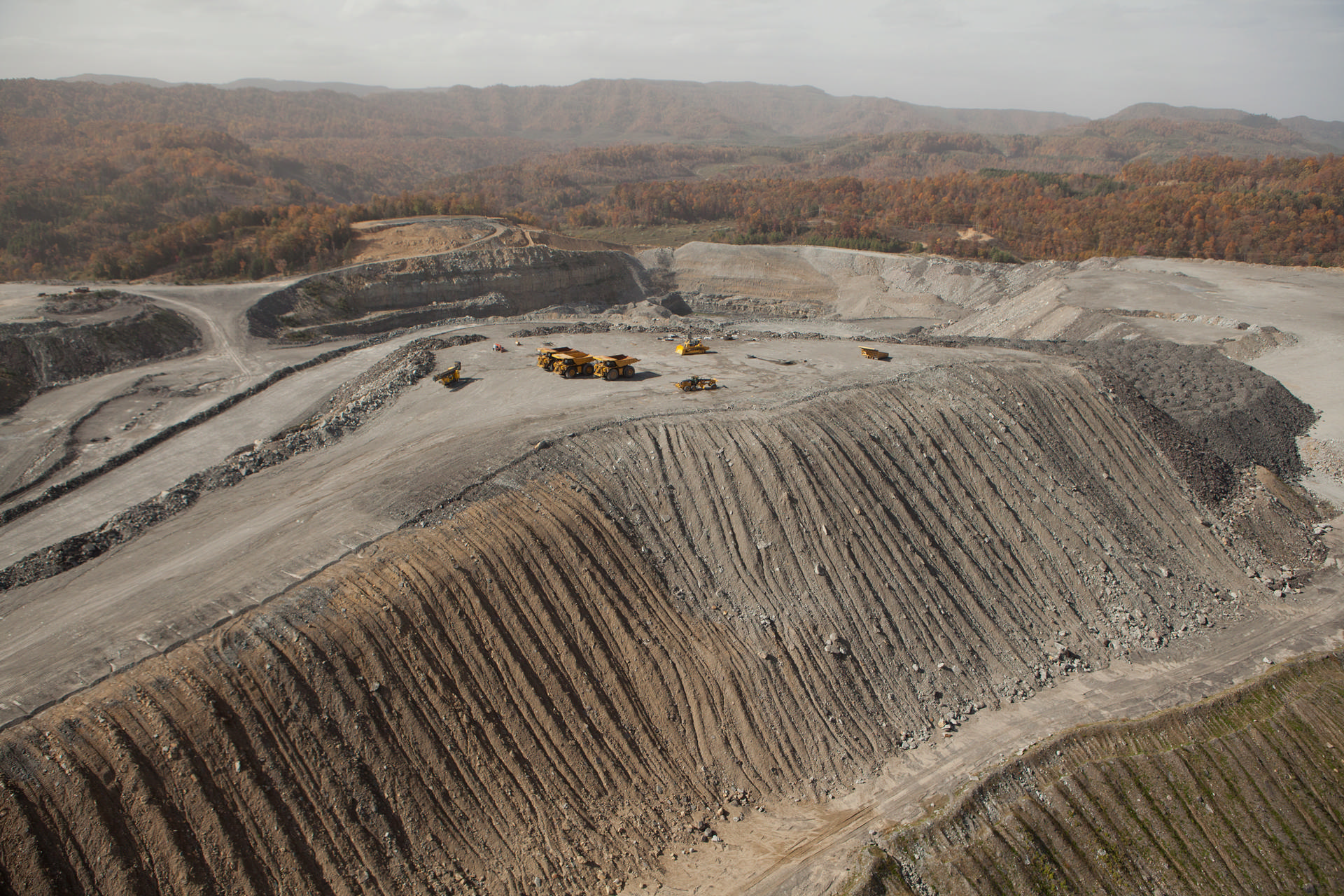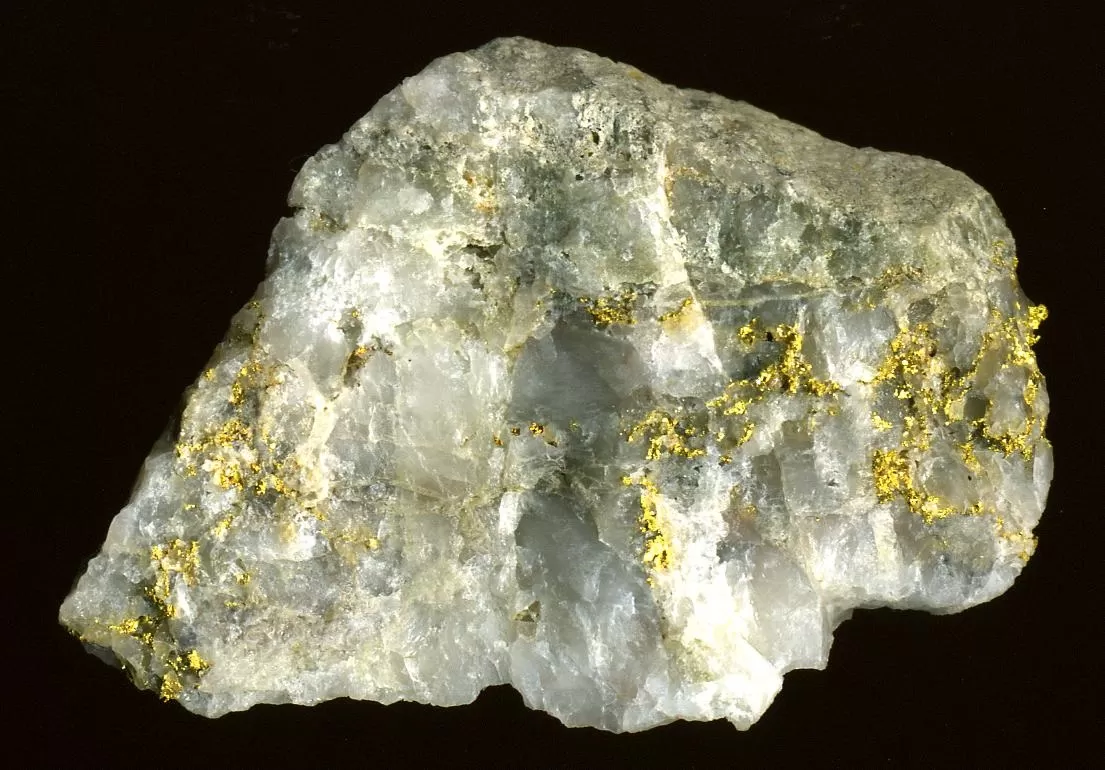Crushing and grinding are fundamental processes in the field of mineral processing, playing a vital role in the extraction and refinement of valuable minerals from ore. These processes prepare the material for further treatment, allowing for efficient separation of valuable components from waste material. This article delves into the principles, techniques, and significance of crushing and grinding in mineral processing.
The Importance of Crushing and Grinding
The primary goal of crushing and grinding is to liberate valuable minerals from the surrounding waste rock, allowing for subsequent concentration processes. Efficient size reduction not only improves the recovery rates of target minerals but also enhances the overall efficiency of the entire mining operation.
- Liberation of Minerals: Crushing and grinding break down large ore lumps into finer particles, allowing for better exposure of the minerals within the rock matrix.
- Increased Surface Area: Smaller particle sizes result in a larger surface area, which is crucial for chemical reactions in subsequent processing stages, such as flotation or leaching.
- Cost Efficiency: By optimizing the size reduction processes, mining operations can minimize energy consumption and reduce costs, making the overall operation more economically viable.
Crushing: The First Step
Crushing is the initial size reduction stage, where large ore chunks are broken down into smaller pieces. The crushing process involves several key steps:
- Types of Crushers:
- Jaw Crushers: These are primary crushers that use compressive force to break down materials. They are commonly used for hard, abrasive ores.
- Cone Crushers: Ideal for secondary and tertiary crushing, cone crushers provide a more uniform product size and can handle a variety of materials.
- Impact Crushers: Utilizing high-speed impact forces, these crushers are effective for softer materials and can produce finely crushed outputs.
- Crushing Techniques:
- Compression: Jaw and cone crushers use compression to crush materials, making them suitable for hard ores.
- Impact: Impact crushers break materials through high-speed collisions, often used for softer materials.
- Stages of Crushing: Crushing is typically performed in multiple stages to achieve the desired particle size, starting with primary crushing followed by secondary and tertiary crushing as needed.
Grinding: The Final Step
Grinding follows crushing and further reduces the particle size to liberate valuable minerals effectively. The grinding process is crucial for preparing the ore for concentration. Key aspects include:
- Types of Mills:
- Ball Mills: These are the most common type of grinding mill, using steel balls to grind ore into a fine powder. They are effective for both wet and dry grinding processes.
- Rod Mills: Similar to ball mills but using long steel rods instead of balls, rod mills are typically used for coarser grinding and can handle larger feed sizes.
- SAG Mills: Semi-autogenous grinding mills use both grinding media and the ore itself to achieve size reduction, making them effective for primary grinding.
- Grinding Techniques:
- Wet Grinding: This method involves adding water to the mill, resulting in a slurry that can enhance the liberation of minerals and facilitate subsequent processing.
- Dry Grinding: Used for certain applications, dry grinding minimizes water usage and is often preferred for materials that are sensitive to moisture.
- Particle Size Distribution: The final particle size distribution is critical, as it affects the efficiency of subsequent concentration processes. Operators must carefully monitor and control grinding conditions to achieve the desired results.
Challenges in Crushing and Grinding
While crushing and grinding are essential for mineral processing, they come with several challenges:
- Energy Consumption: These processes can be energy-intensive, representing a significant portion of operational costs. Optimizing energy efficiency is a key focus for modern mining operations.
- Wear and Tear: Equipment used in crushing and grinding experiences significant wear and tear, necessitating regular maintenance and replacement to ensure optimal performance.
- Material Variability: Variations in ore characteristics can affect the efficiency of size reduction processes, requiring adjustments in operating parameters.
- Environmental Impact: Dust generation and noise pollution are common concerns in crushing and grinding operations, prompting the need for effective control measures.
Innovations and Future Trends
The field of crushing and grinding is continuously evolving, with advancements aimed at improving efficiency and sustainability:
- Automation and Control Systems: Incorporating advanced control systems and automation in crushing and grinding processes enhances precision and reduces human error, leading to optimized performance.
- Energy-efficient Technologies: New technologies, such as high-pressure grinding rolls (HPGR), are being adopted to minimize energy consumption while improving ore liberation.
- Smart Monitoring: The use of sensors and real-time monitoring systems enables operators to track performance and make data-driven decisions, enhancing overall efficiency.
- Sustainable Practices: Emphasizing environmentally friendly practices, many operations are focusing on reducing water usage and minimizing dust emissions through better technology and techniques.
Conclusion
Crushing and grinding are fundamental processes in mineral processing, serving as the backbone of effective ore treatment and mineral extraction. By liberating valuable minerals from waste rock, these processes enhance the overall efficiency and economic viability of mining operations. As the industry continues to evolve, innovations and sustainable practices in crushing and grinding will play a critical role in meeting the growing demand for minerals while minimizing environmental impacts. The future of mineral processing will rely on the continued integration of advanced technologies, smart monitoring, and a commitment to sustainability in all aspects of crushing and grinding operations.



